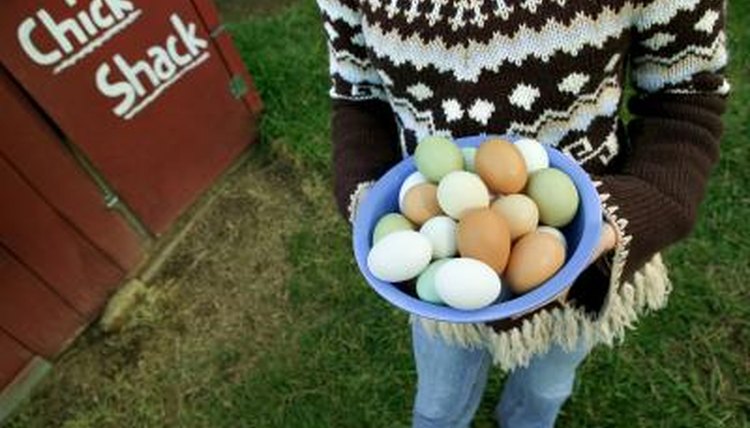How to Stimulate Egg Laying
(Post Hurricane posting) I hope all your feathered and furry friends are safe and returning to some kind of normal. Storms shake critters up, not to say they don't shake us humans up as well. Chickens are extremely affected by pressure changes and tend to seek dark tight spaces for shelter if possible. I have heard several stories about chickens leaving and coops being destroyed, animals being killed by falling trees and such. Prayers to our neighbors to the west, count our blessings, and our chickens, everyday.
In our area the unusual HOT September and October, has affected the local chickens and many of them have stopped laying.
They just can't handle this extreme heat and humidity. Chickens are attuned to
the weather and seasonal changes. This year the seasons are so out of sync,
that the chickens are off their natural cycles. Outside of their
normal Fall moult, which would come after the onset of shorter days
and cooler weather, around the end of October. Others have reported that with a
few cooler mornings, they have started laying again. Mine have stopped
completely and the one I thought had a foot/leg problem, I now believe had a
heat stroke. After 15 days inside, a fan, baby aspirin, several trips a day out
for exercise, she slowly recovered. I knew she was ready when she started
cackling (in my house) as her henhouse sisters were leaving the roost in the morning. All is Good, Anice
By Ruth de Jauregui
https://animals.mom.me/stimulate-egg-laying-1837.html

Thinkstock Images/Comstock/Getty Images
Chickens are a popular backyard path to a sustainable lifestyle, even in urban areas. The gentle clucking as the chickens happily scratch about in their pen is a peaceful addition to the hustle and bustle of everyday life. As the days of summer fade into winter, egg production decreases. To stimulate egg laying, the essential ingredient is light. Chickens require 14 to 16 hours of light daily to produce eggs.
Let There Be Light
Step 1
Install a shop light on the ceiling of the hen house, following the manufacturer's instructions. Place the fixture as high as possible to prevent the hens from sitting on top of it.
Step 2
Run the cord along a rafter and down the wall, covering it with a raceway-type cord cover. The cover will keep the cord in place and prevent the chickens from pecking at it.
Step 3
Plug a timer with a photocell light sensor into the wall outlet. Set the timer for a 16 hours a day, ending at dusk. On dark winter days, the light may remain on all day, but on bright sunny days, the light sensor shuts the fixture off, saving energy.
Other Factors
Step 1
Monitor the chicken's water source carefully. Even a few hours without water affects the chickens' ability to lay eggs for days and sometimes weeks. Chickens should always have clean water available.
Step 2
Feed the chickens a diet that includes 16 percent protein. Layer feed is a balanced diet intended for egg-laying chickens; it provides the necessary protein, carbohydrates and other nutrients necessary to maintain the chickens' health.
Step 3
Heat the hen house in cold weather. Trying to stay warm uses energy that the hens could otherwise put into egg-laying.
Step 4
Keep calcium carbonate and granite grit available to the chickens. Supplemental calcium helps the hens produce eggs with hard shells. Grit is necessary for the chickens to grind their food, making it easier to digest.